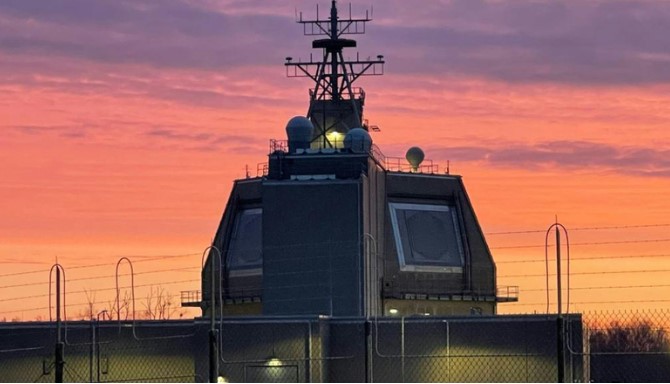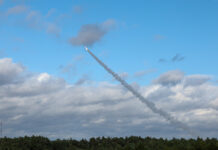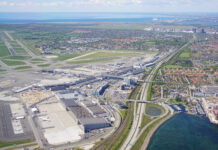The new US ballistic missile defence site at Redzikowo in Poland is now operational and available for the defence of the alliance, NATO announced on 19 July 2024.
Known as ‘Aegis Ashore’, the site is part of a larger NATO missile shield and is designed to detect, track and intercept ballistic missiles in flight.
“This is an important step for transatlantic security and NATO’s ability to defend against the growing threat of ballistic missiles,” NATO Secretary General Jens Stoltenberg was quoted as saying in an alliance press release. “Ballistic missiles have been widely used conflicts in Ukraine and the Middle East. As a defensive alliance we cannot ignore that threat. Missile defence is an essential element for NATO’s core task of collective defence”, Stoltenberg added.
NATO’s ballistic missile defence (BMD) network allows for the detection of a missile attack and uses radar data to guide an interceptor to destroy the adversary’s offensive ballistic missile. The missile defence site in Poland can defend against short- to intermediate-range ballistic missiles, with Aegis Ashore a key component of NATO’s BMD ‘Enhanced Operational Capability’ declared by allied heads of state and government at the NATO 9-11 July Washington Summit.
NATO’s BMD mission is deasigned to protect the alliance’s European populations, territory and forces against the increasing threat posed by ballistic missiles. Key elements of NATO’s missile shield include the two US Aegis Ashore sites in Poland and Romania, along with US Navy destroyers operating out of Rota, Spain, and an early warning radar in Kurecik, Türkiye.
About 200 military personnel are stationed at the two interceptor sites in Poland and Romania. The site in Deveselu, Romania, has been operational since 2016.












